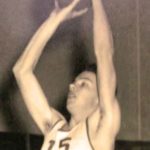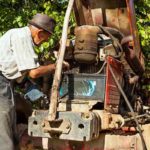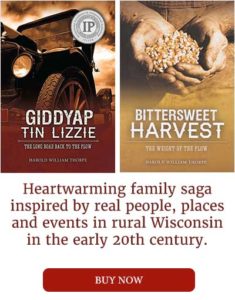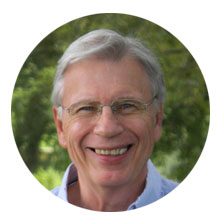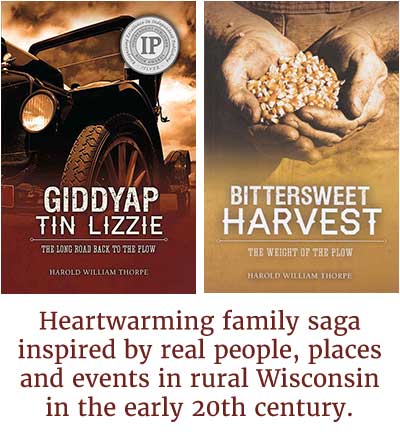I’ve always been more impressed by what people do than by what they say. I believe that people’s actions reveal their true character.
I only knew two Latter-Day Saints (LDS, often called Mormons) before living in Utah for two years while completing my doctorate degree. Those two were missionaries who frequented the miniature golf course and driving range that I and a partner owned and operated. I’ve written about that experience in another story. The two, Brother Peterson and Brother Tauscher, were upright young men who brought the youngsters from their church to play miniature golf. They dressed in suits and ties and conducted themselves as gentlemen throughout the time we knew them. Brother Tauscher, a fun-loving and funny fellow, was a pleasure to know.
I’d never been in Utah before that late summer day that I drove through the mountain pass and down into Cache Valley toward Logan and its university. (I recently read, in 2020, that Logan, Utah, was designated the most prosperous city in the USA.) Having been accepted into Utah State’s doctoral program, I was scheduled to meet my newly assigned advisor later that morning.
I was amazed and delighted by the countryside around me—grain, corn, and hay fields, Holstein dairy cows, and even a cheese factory here and there. Except for one thing, I could have sworn I was back in Wisconsin. The twenty-mile-wide and forty-mile-deep valley was surrounded by mountain peaks, ten thousand feet high. For the next two years, I lived within the familiar dairy land that I’d always known but also enjoyed the beauty of Utah’s mountains with their deep cold-water lakes and streams plunging down the mountainsides.
What a respite this was. I’d just completed my master’s degree program at UW-Madison amid the 1960s and ’70s student rioting and the Sterling Hall bombing that killed researcher Robert Fassnach and injured three others. Living in Cache Valley was like entering a far-away Shangri-La. Scholarship, not protest, was the order of the day.
The LDS people and their customs were the greatest revelation. Utah’s capital, Salt Lake City, was primarily non-LDS. But the majority of the smaller surrounding cities and villages were mostly LDS, including Logan at the time.
My wife became the rare non-LDS teacher in Preston, Idaho, twenty miles to the north of Logan. She was given special consideration when she was pregnant with Lisa, our first child. Some of my classmates and professors were LDS, some weren’t. But it didn’t matter. We were all treated the same.
We were invited to attend LDS Church meetings, but we were never pressured to do so. When Lynn delivered Lisa, LDS ladies, most of whom we didn’t know, brought meals to our house every day for a week. I learned about LDS customs that I believe are admirable. Wednesday evening meetings were not allowed. Wednesday nights were held open as family nights, nights when all family members were expected to come together as one. Their churches in the Logan region (they called them stake houses) housed a gym that was fully used by its members.
LDS members were expected to hold high standards of family fitness. The LDS Church had its own welfare program to help care for its poor and needy, but the program has now been expanded all over the world and helps care for non-LDS members of all nationalities and religions. Church members go without two meals of food one Sunday a month and give that money to the church’s welfare program.
I’m sure that my readers can find things about the LDS Church they don’t agree with. And that’s their right. But I believe that kind of negative thinking has become too prevalent in our society.
Everyone, every agency does things that others believe are faults, so it’s no great accomplishment to discover and emphasize those differences. But most everyone and most agencies do things that are admirable as well. Our nation and its people would be better off if we searched for those laudatory commonalities and appreciated people accordingly.
I’d never have known about the commendable qualities of our LDS brothers and sisters if I hadn’t lived those two years in Utah. I learned much in my doctoral program, but maybe more importantly, I learned to admire another group of people. Those two years were among the best of my life


